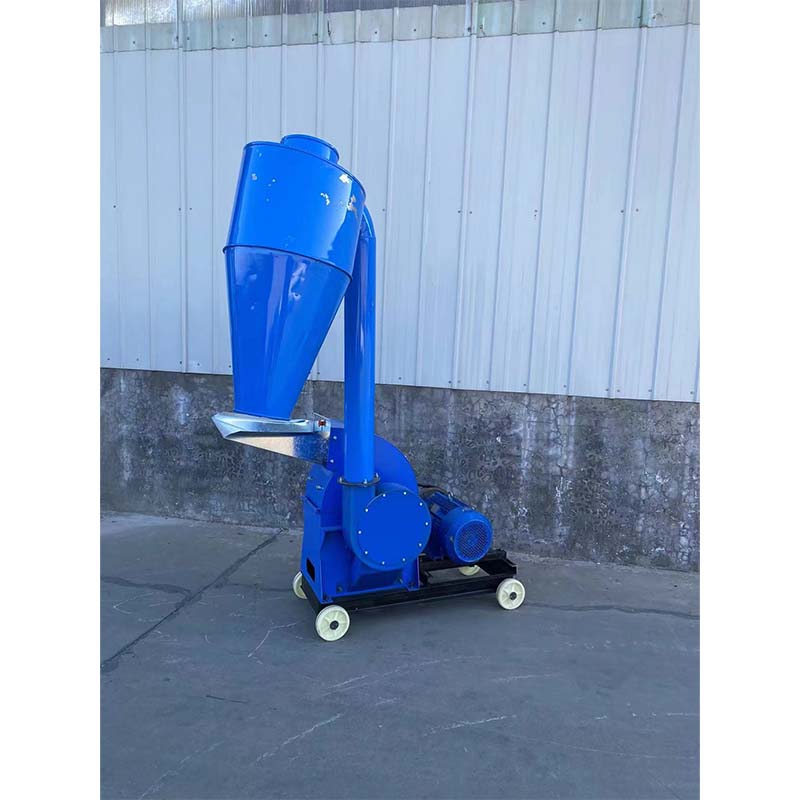evaporative pad cooling
Dec . 05, 2024 11:30 Back to list
evaporative pad cooling
Understanding Evaporative Pad Cooling A Sustainable Solution for Climate Control
In recent years, the quest for energy-efficient cooling solutions has led many industries to explore evaporative cooling methods. Specifically, evaporative pad cooling has emerged as a prominent technology, capitalizing on the natural process of evaporation to provide a more sustainable and cost-effective climate control option. This article delves into the principles, benefits, applications, and considerations surrounding evaporative pad cooling, illustrating why it might be the ideal choice for various environments.
The Principle of Evaporative Cooling
Evaporative cooling relies on the simple yet effective principle of moisture evaporation. When water evaporates, it absorbs heat from its surroundings, resulting in a drop in temperature. Evaporative pad cooling systems utilize porous pads that are kept moist. When warm air passes through these pads, the water evaporates, cooling the air before it enters the desired space. This process is not only energy-efficient but also reflects a natural form of cooling that has been utilized in various cultures for centuries.
Key Benefits
1. Energy Efficiency One of the foremost advantages of evaporative pad cooling is its low energy consumption. Unlike traditional air conditioning systems that rely on refrigerants and high electricity usage, evaporative coolers typically operate on a fraction of the energy. This can lead to substantial cost savings on energy bills, especially in dry, arid climates where the humidity levels are lower, allowing for more effective cooling.
2. Environmental Impact Evaporative cooling is considered a green technology. It has a minimal carbon footprint compared to conventional cooling methods that contribute to greenhouse gas emissions. Moreover, it uses water instead of harmful chemicals for cooling, making it an environmentally friendly option.
3. Improved Humidity Control In areas with low humidity, evaporative cooling can help maintain a comfortable indoor climate by adding moisture to the air. This can be particularly beneficial for individuals who suffer from dry skin or respiratory issues exacerbated by overly dry environments.
4. Cost-Effectiveness Initial installation costs for evaporative cooling systems are typically lower than those of traditional air conditioning units. Additionally, the long-term savings on energy costs make this an attractive option for both residential and commercial applications.
evaporative pad cooling

Applications
Evaporative pad cooling systems are versatile and can be used in various settings
- Agriculture Farmers use evaporative coolers in greenhouses and livestock facilities to maintain optimal temperatures for crop growth and animal welfare. - Industrial Settings Many factories and warehouses implement these systems to cool workers' environments, reduce machinery overheating, and maintain product quality, especially in food and beverage production. - Residential Use Homeowners in hot, dry climates often rely on evaporative cooling as a primary or supplementary cooling method. It is especially popular in regions that experience significant temperature swings between day and night.
Considerations
While there are numerous benefits to evaporative pad cooling, certain considerations should be taken into account
- Geographic Limitations Evaporative cooling is most effective in areas with low humidity. In regions with high humidity, the cooling effect diminishes because the air is already saturated with moisture. - Maintenance Needs Regular maintenance is essential to ensure the efficiency of evaporative cooling systems. This includes cleaning the pads and water distribution system, as mineral build-up can hinder performance. - Initial Investment Although the long-term savings are significant, the upfront cost of installing a complete system can be daunting for some. Evaluating the total cost of ownership against potential savings is crucial for informed decision-making.
Conclusion
Evaporative pad cooling stands out as a sustainable, cost-effective alternative to traditional air conditioning methods, harnessing the natural process of evaporation for climate control. As awareness of environmental concerns continues to grow, the appeal of efficient cooling solutions like evaporative pad cooling is likely to rise. With its widespread applications and tangible benefits, this technology offers not only comfort but also a step towards a greener, more efficient future in climate control. Whether in homes, industries, or agricultural settings, evaporative pad cooling can be a vital component of a sustainable cooling strategy.
-
Automatic Feeding Line System - Anping County Yize Metal Products Co., Ltd.|Pan Feeder Nipple Drinker,Broiler Farming
NewsJul.30,2025
-
Automatic Feeding Line System Pan Feeder Nipple Drinker-Anping County Yize Metal Products Co., Ltd.
NewsJul.30,2025
-
Automatic Feeding Line System-Anping County Yize Metal Products Co., Ltd.|Durable Construction&Easy Maintenance
NewsJul.30,2025
-
Automatic Feeding Line System-Anping County Yize Metal Products Co., Ltd.|Pan Feeder Nipple Drinker&Durable Poultry Farming Solution
NewsJul.30,2025
-
Automatic Feeding Line System Pan Feeder Nipple Drinker|Anping County Yize Metal Products Co., Ltd.
NewsJul.29,2025
-
Automatic Feeding Line System-Pan Feeder Nipple Drinker|Anping County Yize Metal Products Co., Ltd.
NewsJul.29,2025






